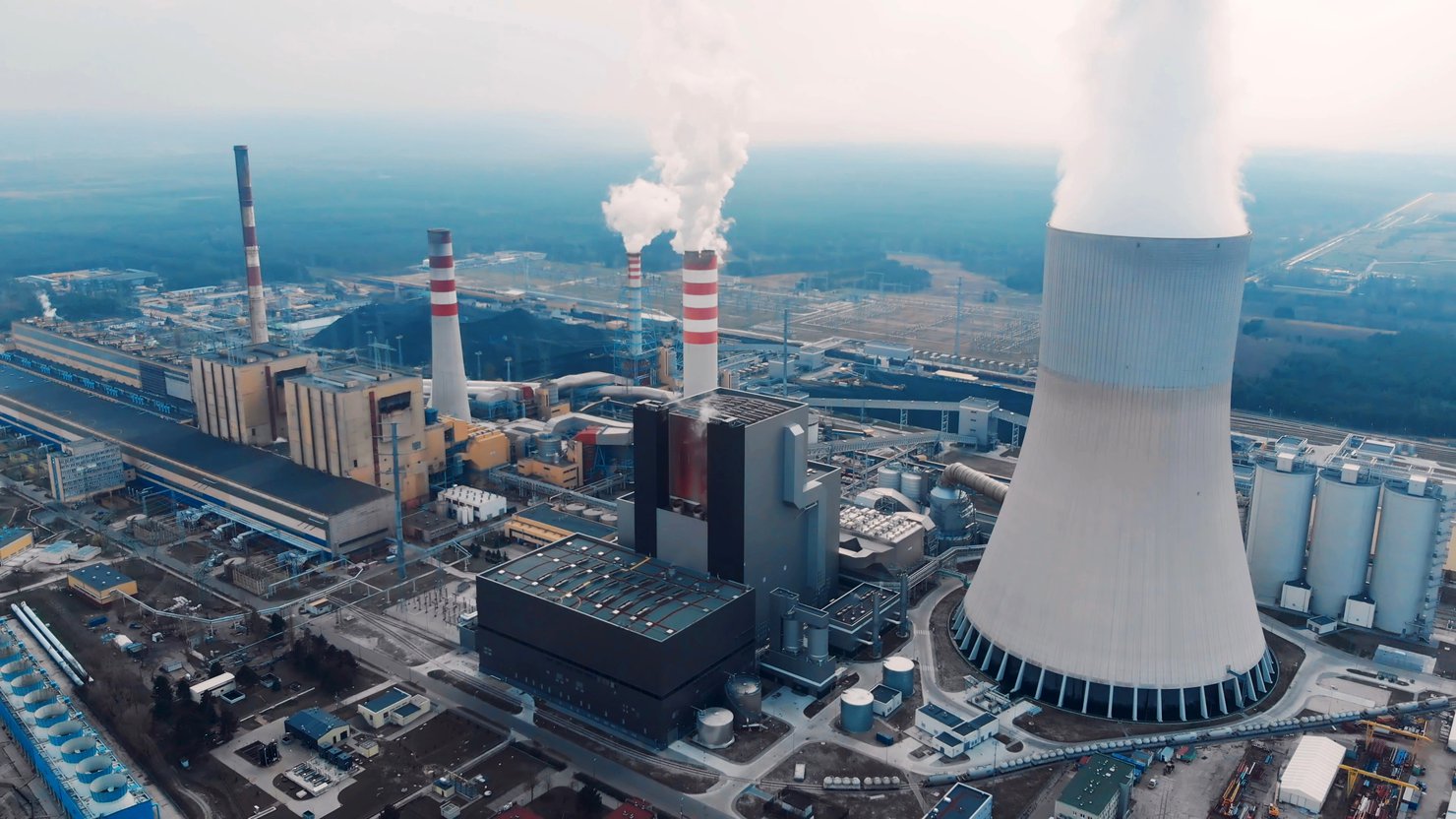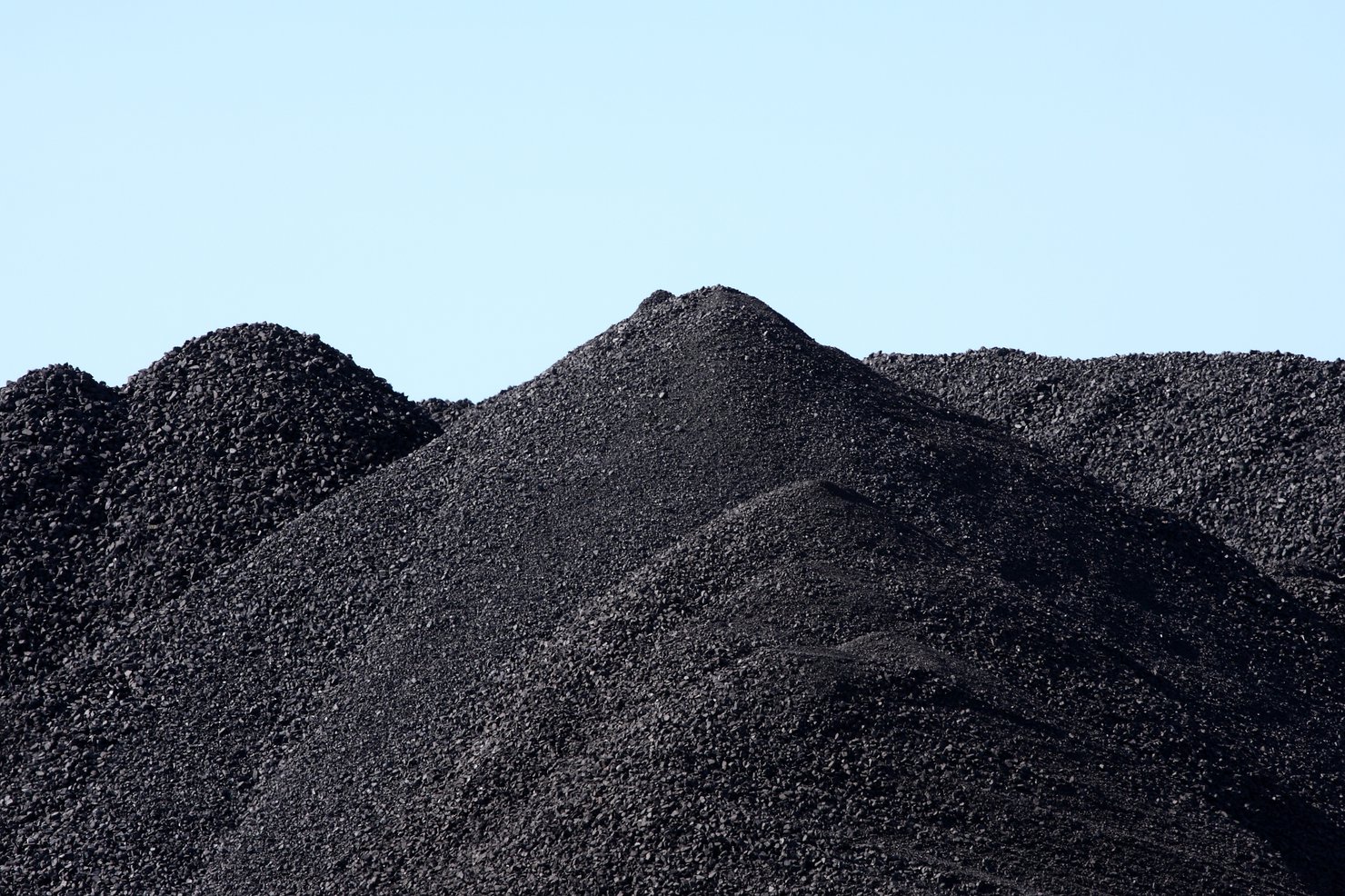The threat of resistance from the federal judiciary looms over the Biden administration’s climate agenda. That’s why a cofiring standard for coal plants, which follows an established legal strategy, is an appealing option for achieving emissions reductions.
While the United States waits for Congress to act on climate change, the Biden administration can use existing executive authority to encourage greenhouse gas emissions reductions from power plants. In a new issue brief, Dallas Burtraw and I propose a performance standard under Section 111(d) of the Clean Air Act that can reduce emissions from coal plants rapidly while following an established regulatory pathway.
A Recent History of Regulations on Power Plant Emissions
Since the 2007 Supreme Court case Massachusetts v. US Environmental Protection Agency (EPA), EPA has been required to regulate greenhouse gases as harmful pollutants. Under Section 111(d), EPA determines the Best System of Emissions Reductions (BSER) for an existing pollution source—the best adequately demonstrated technique for reducing emissions it can find—and then the states must set performance standards that require at least that level of performance from individual sources or groups of sources.
Before the Paris climate agreement, the Obama administration set out to reduce US emissions through regulation, and EPA turned to Section 111(d) of the Clean Air Act to create the Clean Power Plan (CPP). The CPP defined the BSER as a declining cap on emissions at existing power plants. By defining the BSER this way, the CPP aimed to require steep emissions reductions across the entire power system. If more electricity were generated at renewable facilities and less at fossil facilities in one state, for example, then that state would be complying with the rule.
Not everyone agreed with the administration’s interpretation of Section 111(d), however. A group of state attorneys general and industry groups sued the Obama-era EPA. They contended that defining the BSER as a declining cap on emissions was wrong, because compliance depended on actions that would be taken “outside the fence line” of regulated facilities. They claimed that the BSER had to be a technique that could be applied at a particular emissions source, i.e., “inside the fence line” of a facility. The Supreme Court was sympathetic enough to this reasoning that it prevented the CPP from going into effect while it reviewed the case.

The Trump administration withdrew the CPP, so the Supreme Court never made a final ruling on whether the Obama administration’s interpretation was right. In place of the CPP, the Trump administration proposed the Affordable Clean Energy (ACE) rule, which defined BSER narrowly as efficiency improvements inside the fence line of coal plants. My RFF colleagues Amelia Keyes and Dallas Burtraw closely studied the ACE rule, finding that the small efficiency improvements the Trump administration set as the basis for the performance standards might actually lead to increased emissions from those plants. Even worse was that the ACE rule had dismissed a lot of well-known options for reducing emissions rates at coal plants—options like burning coal alongside natural gas, called “cofiring.” In January 2021, right before President Joe Biden’s inauguration, the US Court of Appeals for the DC Circuit ruled that the Trump administration’s version of BSER was not the only viable interpretation of Section 111(d), the rule was too narrow, and such a regulation was unlikely to result in any real emissions reductions.
Contemporary Concerns
That brings us to the present. The Biden administration wants to reduce greenhouse gas emissions, and Section 111(d) could help accelerate emissions reductions in the power sector. But the opinion of the courts about the best way to interpret Section 111(d) looms large over the administration’s decisionmaking. In our latest issue brief, Dallas Burtraw and I propose that EPA find a middle ground between CPP and ACE. We recommend cautiously basing the BSER on a technique that could be used inside the fence line of the regulated facilities—but using cofiring, one of the more effective techniques for emissions reductions that the Trump administration’s ACE rule ignored.
Coal plants all over the country already burn natural gas, often as part of warming up the turbines of the generator, often for sustained periods of generation, and sometimes at the same time as coal. Gas has roughly half the carbon intensity of coal, so if a plant’s energy input went from 0 to 20 percent gas, its emissions rate would decrease by roughly 10 percent. All it would take to adapt to such a cofiring standard would be for coal plants to make small investments that increase the capacity of their gas pipeline connections.
To explore the viability of a policy like that, we analyze a performance standard for coal plants that is based on the emissions rate that coal plants would achieve if 20 percent of their energy input were gas. We do so by adding the costs to upgrade coal plants with gas access to RFF’s Haiku electricity model, and simulating three different implementations of this performance standard.
What a Cofiring Standard Could Look Like
EPA could implement a cofiring standard in several ways. In the simplest implementation, EPA sets a plant-level performance standard, and individual regulated facilities meet the standard by reducing their emissions rate—potentially by cofiring with natural gas.
In the second case, EPA sets a tradable performance standard that requires groups of coal plants to meet the performance standard on average. Some plants could reduce their rate more than the regulation requires (perhaps by cofiring with more gas), and some plants could reduce their rate less than required (perhaps by cofiring with less gas), but on average, the rate of emissions from coal plants goes down.
In the third case, EPA sets a mass-based standard—a limit on the total quantity of carbon emissions for a group of coal plants—based on the emissions rate that would be achieved through cofiring and the plants’ historical generation. To comply, the coal plants do not necessarily have to reduce their emissions rate and instead can reduce their total generation. We modeled a version of this performance standard that ratchets down over time, such that coal plants that comply by reducing their generation in a given year would have a lower limit on emissions the next year and would have to continue to lower their emissions over time.
Hieronymus Ukkel / Shutterstock
The Courts and Coal
In January 2021, right before President Joe Biden’s inauguration, the US Court of Appeals for the DC Circuit ruled that the Trump administration’s version of BSER was not the only viable interpretation of Section 111(d), the rule was too narrow, and such a regulation was unlikely to result in any real emissions reductions.
These different implementations might seem like they take the rule outside the fence line all over again, but precedent exists for this kind of regulation. For example, both the NOx budget program and the municipal solid waste program under Section 111(d) have used mass-based regulation.
In our modeling, we find that even a modest 20 percent cofiring standard could make a big difference to the emissions coming from coal generators and the whole electricity sector. The plant-level cofiring standard yields 16 percent lower cumulative emissions in the power sector between 2022 and 2030 than the business-as-usual case, and the plant-level policy reduces emissions at relatively low cost (less than $13 per ton reduced). Compared to 2005 electricity sector emissions, the plant-level standard achieves 10 percent lower emissions in 2030 than under business as usual.
The plant-level standard prompts the most emissions reductions of all three options because every plant must choose between making an upgrade that allows cofiring or shutting down. Many plants shut down or generate less, while others cofire. The tradable performance standard is more flexible than the plant-level standard, and the mass-based standard is the most flexible of all. We find that the greater the flexibility, the lower the cost to the electricity sector per ton reduced, but the greater the emissions.
What happens when the coal plants generate less electricity? Often, gas plants will generate more electricity to make up for the reduced generation from coal, or more gas plants may even be newly constructed to meet demand. However, we find that adding this cofiring policy to other policies under consideration by Congress, such as an extension in tax credits for renewables, prevents the growth in gas capacity. And no matter what climate policy we add it to, a cofiring standard creates immediate additional emissions reductions in the next decade.

We also tested the regulations to see what would happen if the regulations were employed in a situation in which natural gas prices are lower than expected. If gas prices are relatively low, then encouraging coal plants to burn natural gas might allow those coal plants to survive for longer and continue emitting. But according to our model, this turns out not to be the case: we find that low natural gas prices lead more coal plants to retire because burning gas at a gas plant is still always cheaper than burning gas at a coal plant.
Finally, we look at the reductions in conventional air pollutants that a cofiring regulation might cause. Coal is the source of most of the sulfur dioxide created by the power sector, and sulfur dioxide is one of the air pollutants that causes the most harm to human health. These cofiring policies, by reducing the amount of coal burned, could dramatically reduce sulfur dioxide, offering significant health benefits. An important caveat, however, is that flexible implementations of the policy lead to uncertainty about where health benefits occur. If some coal plants can overcomply while others undercomply, the areas around the less compliant coal plants won’t see the same health benefits.
Conclusion
While simultaneously pursuing ambitious climate legislation, the Biden administration has lots of options for regulating greenhouse gases under the Clean Air Act. For instance, they could revive the CPP’s interpretation of Section 111(d) and take their chances with the courts. They could cite Section 115, which governs international pollution but has never been used before. They could even recategorize greenhouse gases as hazardous air pollutants under Section 108(a), in which case a different set of regulatory pathways might open up. But as a strategy that follows a well-trodden legal pathway, a cofiring-based performance standard for coal plants under Section 111(d) might be an effective option. Such a regulation could yield substantial emissions reductions, and it could be implemented at the same time as any number of other policies that likewise aim to reduce emissions from the electricity sector.






